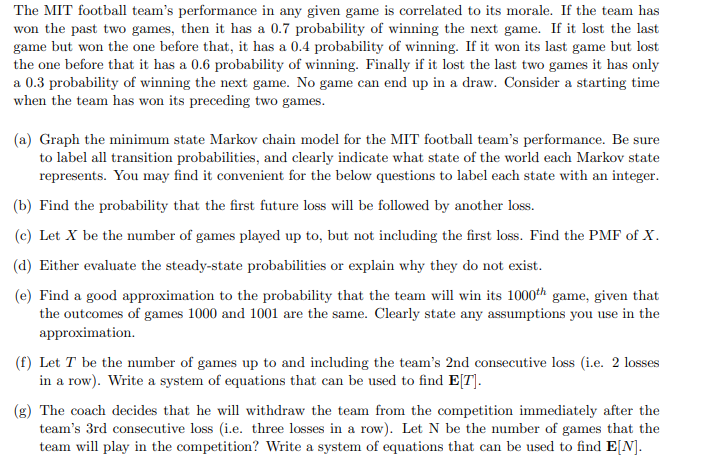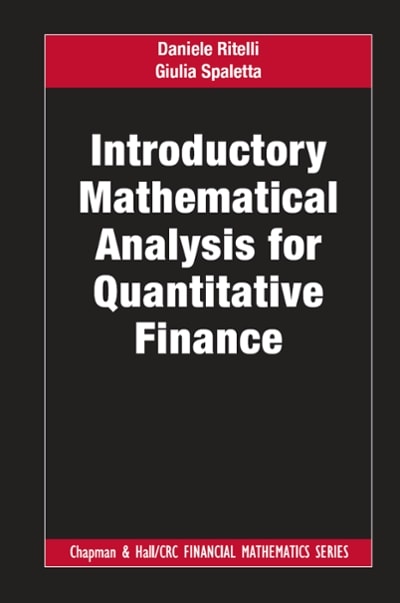
Probability and statistics
IIIJLllt'JIl. I}: 1'45; lJLlLLlIiEi! Please write all work for Problem 3 in your second blue book. No work recorded below wii graded. All questions have approximately the same weight. We have s urns and rt balls, where n E 3. Consider an experiment where each ball is place an urn at random {i.e., each ball has equal probability of being placed in any of the urns}. Ass each ball placement is independent of other placements, and each urn can t any number of 1: Dene the following random variables: Foreachi=1, 2. ....s? let Xl-h-ethenumberofballs in urnt'. Foreachlr=, 11 ...?n?let'lr1be the numberofurnsthathayeexactlykballs. Note: Be sure to include ranges of variables where appropriate. {a} Are the 33's independent? Ta or No? Please explain your answer. (b) Find the PMIF', mean? and variance of Xi. i.e. compute pxi[k). ELK], and yar[X;]I. (c) For this question only assume in. = ii] and s = 3. Find the probability that the rst urn 3 balls? the second has 2, and the third has 5. Le. compute P[X1 = 3 Xg = 2 ['ng = 5} (d) Compute EH1]. (e) Compute varj}. You may assume it 3 2.7:. (f) This problem is required for 6.431 Students [6.1141 Students may attempt it for 5 points of Extra Credit] What is the probability that no urn is empty? i.e. compute P[X1 'sv Xg 2} I] H... ["ng 3: U) The MIT football team's performance in any given game is correlated to its morale. If the team has won the past two games, then it has a (1.? probability of winning the next game. If it lost the last game but won the one before that, it has a {1.4 probability of winning. [fit won its last game but lost the one before that it has a [L probability of winning. Finally if it lost the last two games it has only a [1.3 probability of winning the next game. No game can end up in a draw. Consider a starting time when the team has won its preceding two gamm. {a} (f) is) Graph the minimum state hfarlrov chain model for the MIT football team's performance. Be sure to label all transition probabilities, and clearly indicate what state of the world each Markov state represents. You may nd it convenient for the below qumtions to label each state with an integer. Find the probability that the rst future loss will be followed by another loss. Let X be the number of games played up to, but not including the rst loss. Find the PlitEF' of X. Either evaluate the steady-state probabilities or explain why they do not exist. Find a good approximation to the probability that the team will win its mouth game... given that the outcomm of games lll and llli are the same. Clearly state any assumptions you use in the approximation. Let T be the number of games up to and including the team's 2nd consecutive loss {i.e. 2 losses in a row). Write a system of equations that can be used to nd E[T]. The coach decid that he will withdraw the team from the competition immediately after the team's 3rd consecutive loss [i.e. three losses in a row]. Let N be the number of games that the team will play in the competition? Write a system of equations that can be used to find E[N]









